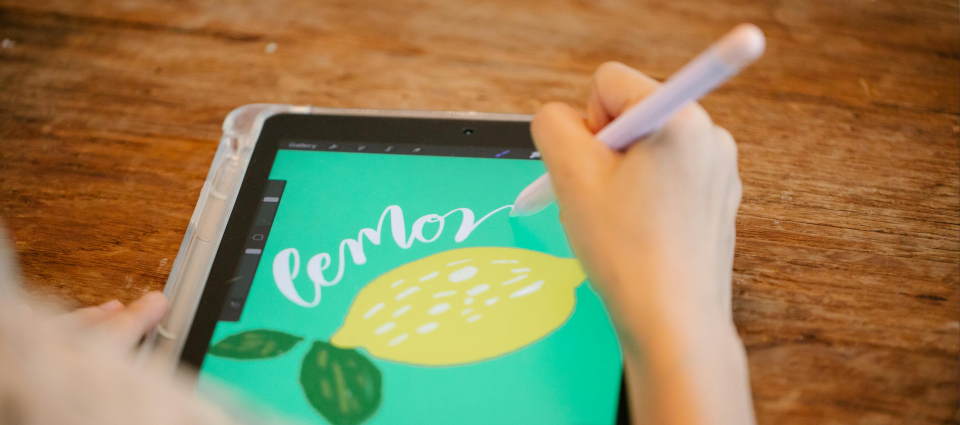
Nurturing Young Filmmakers: Introducing Kids to the Magical World of Animation
Animation has the power to captivate and inspire children with its vibrant colors, engaging characters, and imaginative storytelling. However, did you know it’s surprisingly easy for children to make their own animated shorts and bring their own stories to life? In this blog post, we'll explore two straightforward animation techniques that can serve as perfect starting points for your budding filmmaker: stop motion and traditional animation.
Stop Motion: Bringing Inanimate Objects to Life
Stop motion animation has been enchanting audiences for decades, from classic films like “The Nightmare Before Christmas” to modern masterpieces. This technique involves moving objects in small increments and capturing each frame through photography. When the frames are combined, the illusion of independent movement is created, bringing the objects to life.
One of the most popular materials used in stop motion is clay, often referred to as claymation. However, the possibilities are endless when it comes to choosing objects for a stop-motion project. Kids can use anything from toys and household items to food and clothing. Even Legos can become the stars of their animated films!
Stop motion encourages children to think outside the box and use their imagination to give life to inanimate objects. They can even use people as the subjects of their stop-motion projects, creating unique and quirky animations.
It's important to note that stop motion can be a time-consuming process. A 30-minute claymation-style film consists of approximately 21,600 images, while a full-length 90-minute film can contain up to 64,800 images. However, with patience, dedication, and a healthy dose of creativity, you and your child can embark on a rewarding stop-motion journey together.
For those who want to dive into stop motion animation, the Stop Motion Studio app is a fantastic tool that is compatible with both iOS and Android devices. This app allows you to film directly within the app, import photos from your camera roll, and then edit your stop-motion videos with ease. Stop Motion Studio also comes with a variety of background options, filters, soundtrack creation tools, and titles to enhance your animations. Additionally, it offers impressive visual effects like green screen, rotoscoping,[1] and the ability to add animated faces to your objects, taking your stop motion projects to the next level.
[1] Rotoscoping: Separating an object of character from the background so that it can be included in a new scene.
Simple stop-motion animation in Stop Motion Studio
Traditional Animation: Bringing Drawings to Life
Traditional animation, also known as 2D animation, classic animation, cel animation, or hand-drawn animation, is a technique that has been used in beloved Disney classics like “Cinderella” and “The Lady and The Tramp.” In traditional animation, each frame is hand-drawn, creating a unique and charming aesthetic.
For children who love to write, the process of creating a traditional animation can be incredibly engaging. They can start by coming up with a story and writing a rough first draft. Next, they can create a storyboard to visually plan out their animation. Character design and the actual animation process will challenge their artistic skills and attention to detail. Finally, they can learn about post-production and how to bring their still images to life.
There are numerous apps available that allow children to create their own animations. FlipaClip, for example, is a free and user-friendly 2D animation app available on Android and iOS. It's perfect for beginners and is highly rated among cartoon animation apps for portable devices.
Make a bouncing ball animation in FlipaClip
For those who prefer working on a laptop or desktop, Stykz is a free 2D animation software that simplifies the process of animating stick figures. Its frame-based interface provides optimal control over the animation, using onion skins to ensure seamless movement.
Another option is Blender - a powerful, versatile, and free animation app that offers an impressive array of features for both 2D and 3D animation, although there is a steep learning curve. However, given that this software is actually used in the film industry, mastering it would be a valuable achievement!
Jessie J. Jones shows you how to setup Blender for 2D animation